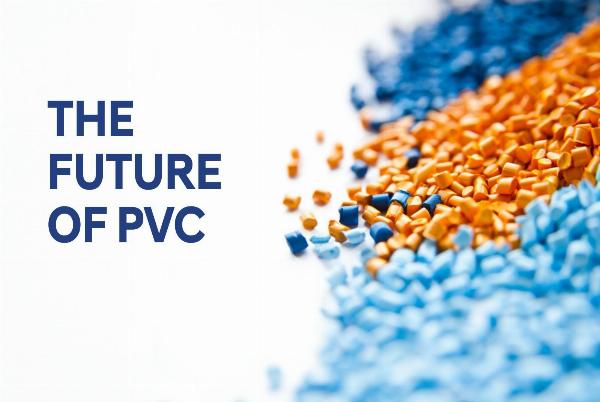PVC Demand Analysis: Key Drivers and Growth Prospects

Strong 8k brings an ultra-HD IPTV experience to your living room and your pocket.
PVC is a versatile material that can adapt to various applications, allowing it to be used in almost every sector and industry, whether residential or industrial. This versatility of PVC has made it one of the most sought-after materials in the world, and we use it to make products from uPVC pipes to multi-layered water storage tanks and more. However, there are other reasons for the boom in PVC. This article will help you learn about the key drivers behind this PVC demand and the possible growth prospects for this vital material.
What are the Key Drivers for Rising PVC Demand?
1. Growth in the Construction Sector
These materials are a preferred choice in construction because of their low cost, low maintenance needs, and high durability. Growing urbanisation and infrastructure developments across the world, especially in developing countries, are expected to significantly boost the need for PVC products.
2. Technological Advancements in PVC Production
Polymer technology advancements improve PVC production quality, efficiency, and cost-effectiveness. These advancements are lowering production costs and broadening the spectrum of applications, hence increasing demand.
3. Rising Awareness of Sustainability
Globally, only a few manufacturers and suppliers have been following the practice of producing eco-friendly products with PVC, allowing their clients to have a lower environmental impact. Since the majority of manufacturers or suppliers are following this as standard practice, this shift is expected to drive demand for sustainably produced PVC products, resulting in exponential market growth.
4. Regulatory Support and Incentives
Government laws and incentives that encourage the use of environmentally benign and durable materials in construction and industry favour PVC due to its long lifespan and recyclability, fuelling its demand.
What are the Other Potential Growth Prospects for PVC?
1. Technological Advancements
The PVC sector is seeing technological developments that improve performance and widen its applications. PVC processing innovations, such as better extrusion processes and improved formulas, help to produce higher-quality and more diversified PVC products.
2. Expanding Markets
Emerging economies in Asia Pacific, Latin America, and Africa are likely to make major contributions to PVC demand. Rapid industrialisation, urbanisation, and infrastructural development in these regions provide new possibilities for PVC uses. The rising use of PVC in a variety of industries, including building and healthcare, will help it grow in these areas.
3. Competitive Pricing and Economic Factors
PVC's competitive pricing and low cost make it an attractive choice for a wide range of applications, particularly in price-sensitive markets. Factors like raw material price fluctuations and trade policy changes can have an impact on PVC costs and, as a result, demand.
4. Government Infrastructure Initiatives
Large-scale government programs aimed at infrastructure development, particularly in developing countries, are likely to boost demand for PVC in roads, bridges, housing buildings, etc., among other infrastructure developments.
Things to in mind before buying PVC Products:
Conclusion:
In conclusion, The market for PVC is on the trajectory of experiencing a significant boom. It reached a size of about US$ 45.3 billion in 2023 and is expected to break the US$ 63.7 billion mark by 2032. If you are a polymer product manufacturer who wants to bank on huge profits with this boom, understand the key drivers and potential growth drivers and lay down a strategy accordingly.
Note: IndiBlogHub features both user-submitted and editorial content. We do not verify third-party contributions. Read our Disclaimer and Privacy Policyfor details.


